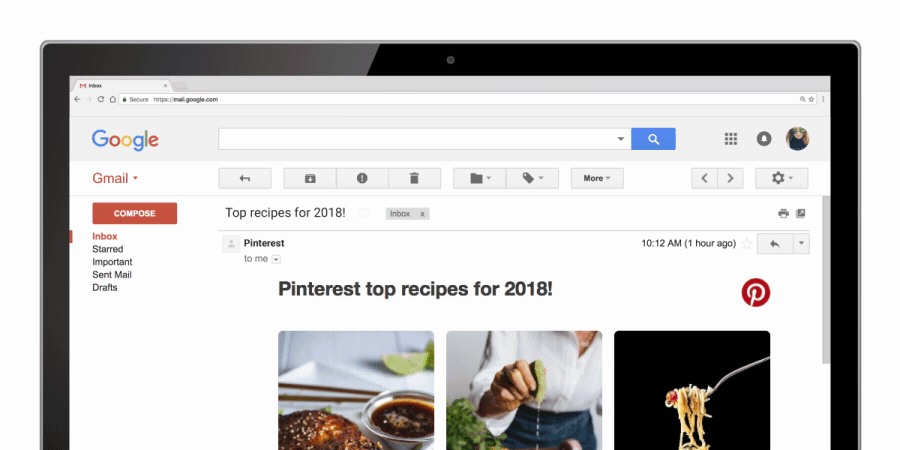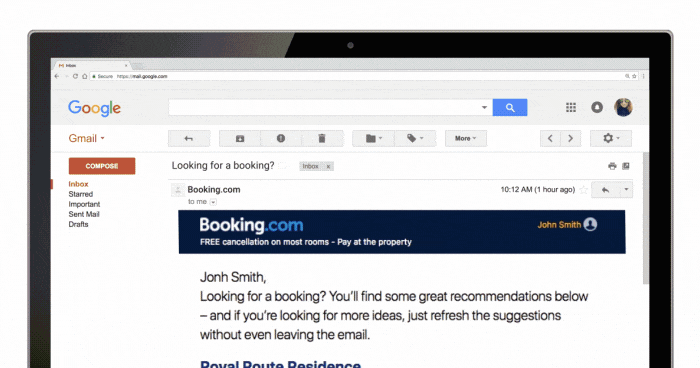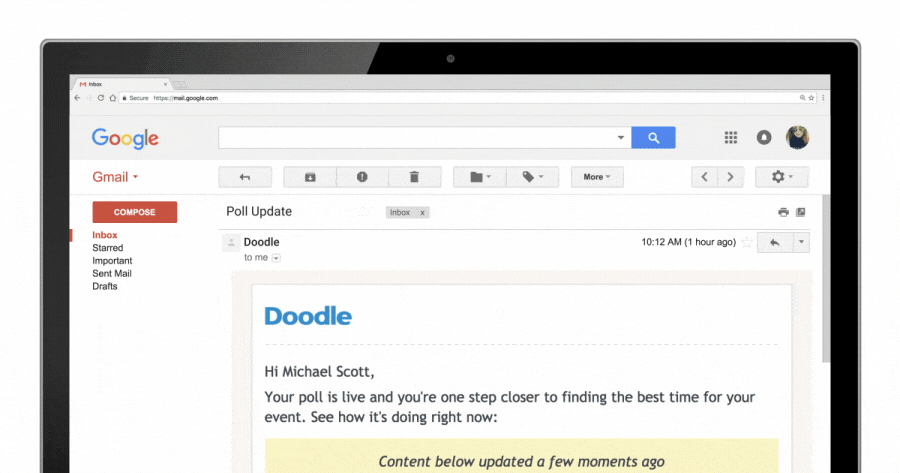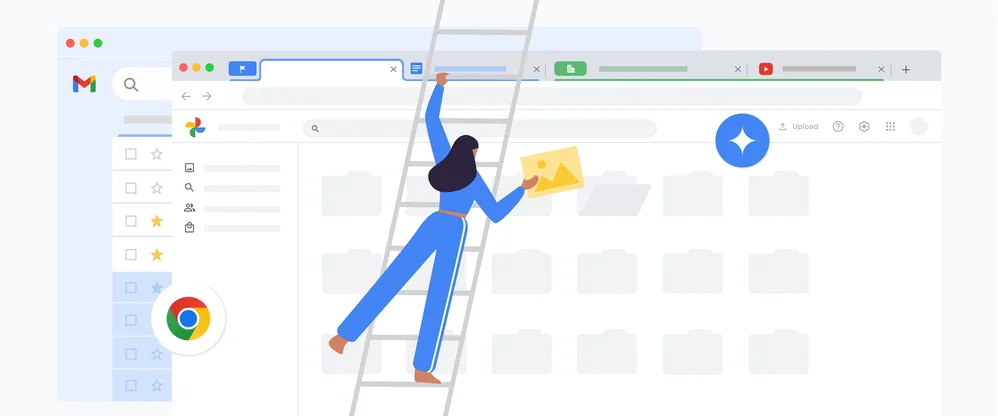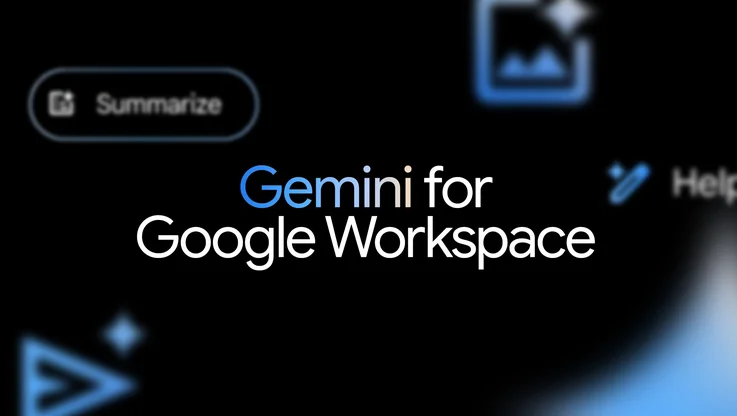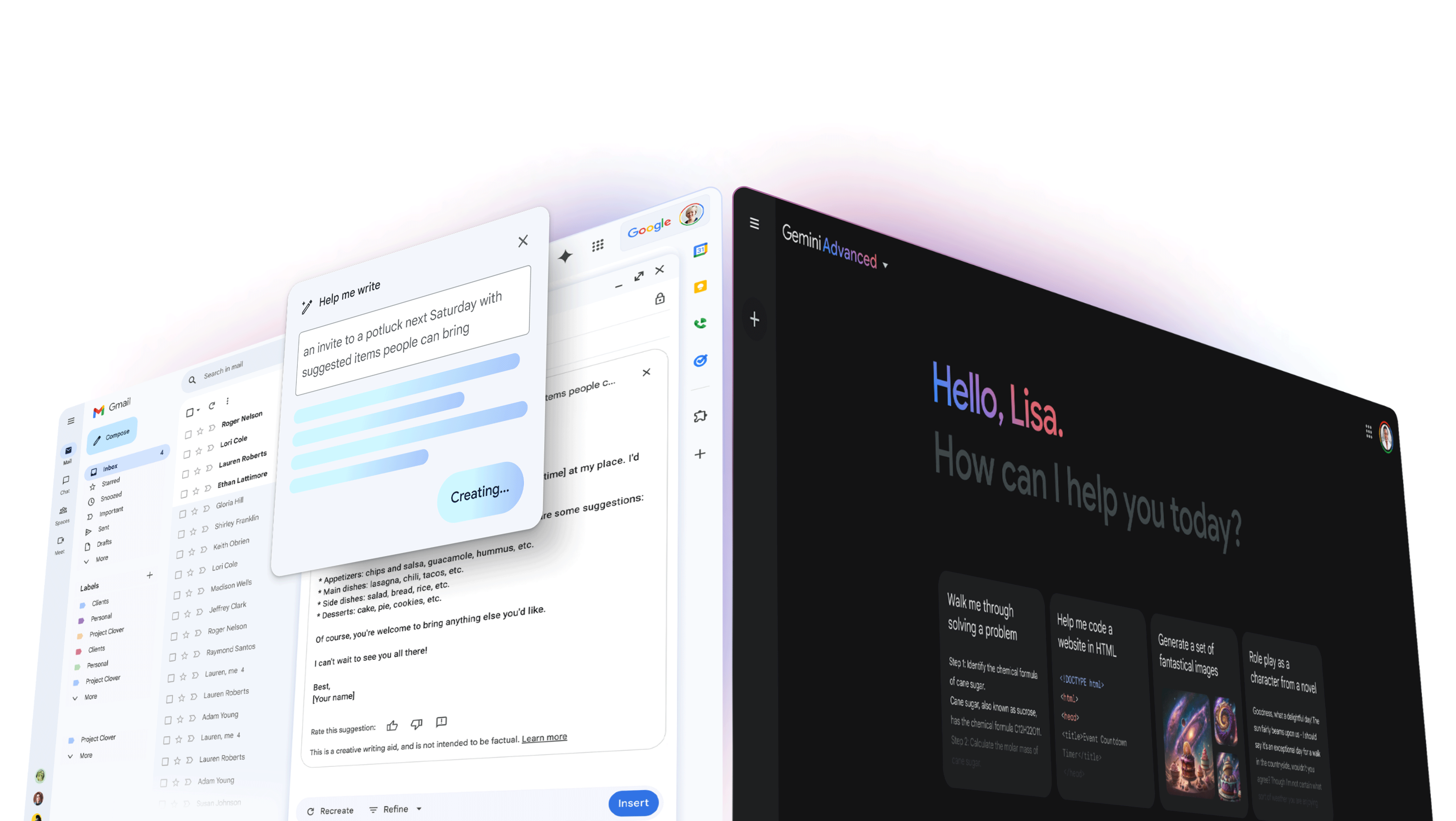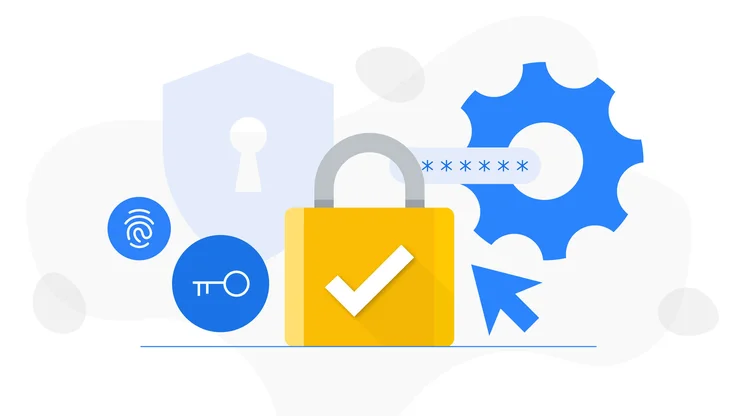Bringing the power of AMP to Gmail
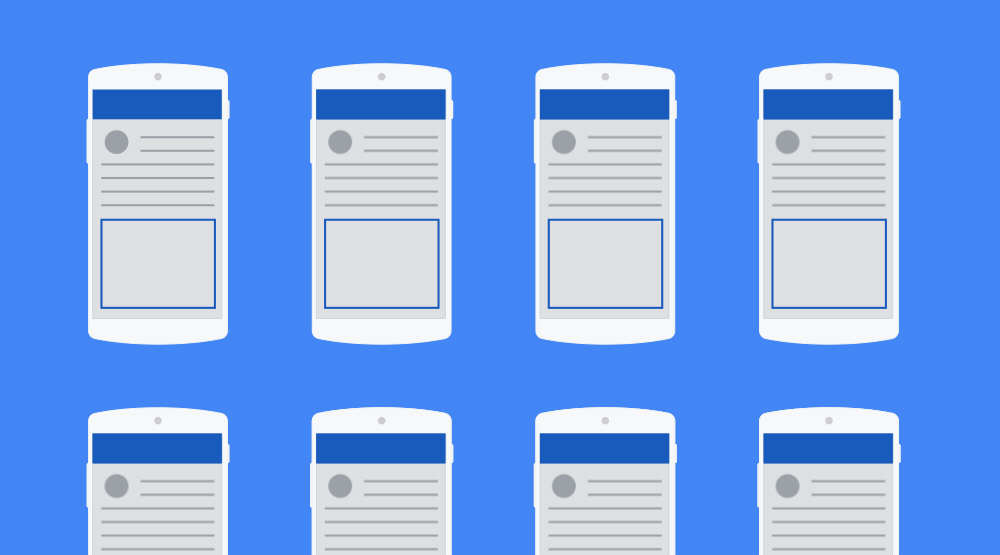
For the past few years, we’ve worked to make mobile pages load faster through an open-source framework called Accelerated Mobile Pages (AMP). AMP started as an effort to help publishers, but as its capabilities have expanded over time, it’s now one of the best ways to build rich webpages. With this came the opportunity to modernize one of the most popular places where people spend their time: email.
Today, we’re bringing the power of AMP to email through the Gmail Developer Preview of "AMP for Email." This new spec will be a powerful way for developers to create more engaging, interactive, and actionable email experiences.
For example, imagine you could complete tasks directly in email. With AMP for Email, you’ll be able to quickly take actions like submit an RSVP to an event, schedule an appointment, or fill out a questionnaire right from the email message. Many people rely on email for information about flights, events, news, purchases and beyond—more than 270 billion emails are sent each day! AMP for Email will also make it possible for information to easily kept up-to-date, so emails never get stale and the content is accurate when a user looks at it.
Companies like Pinterest, Booking.com and Doodle are developing new experiences for consumers using AMP for Email, and we’re excited to see what others will do soon.
The AMP for Email spec is available today and we’re planning for support in Gmail later this year. To get developer preview access to AMP for email in Gmail, sign up on our site. By bringing AMP to email, we’re opening up new possibilities for companies to engage with their audiences, and we can’t wait to see what developers will build. Because AMP for Email is an open spec, we look forward to seeing how other email clients will adopt it, too. If you're a developer and curious about implementation details, check out this post to get an idea.
